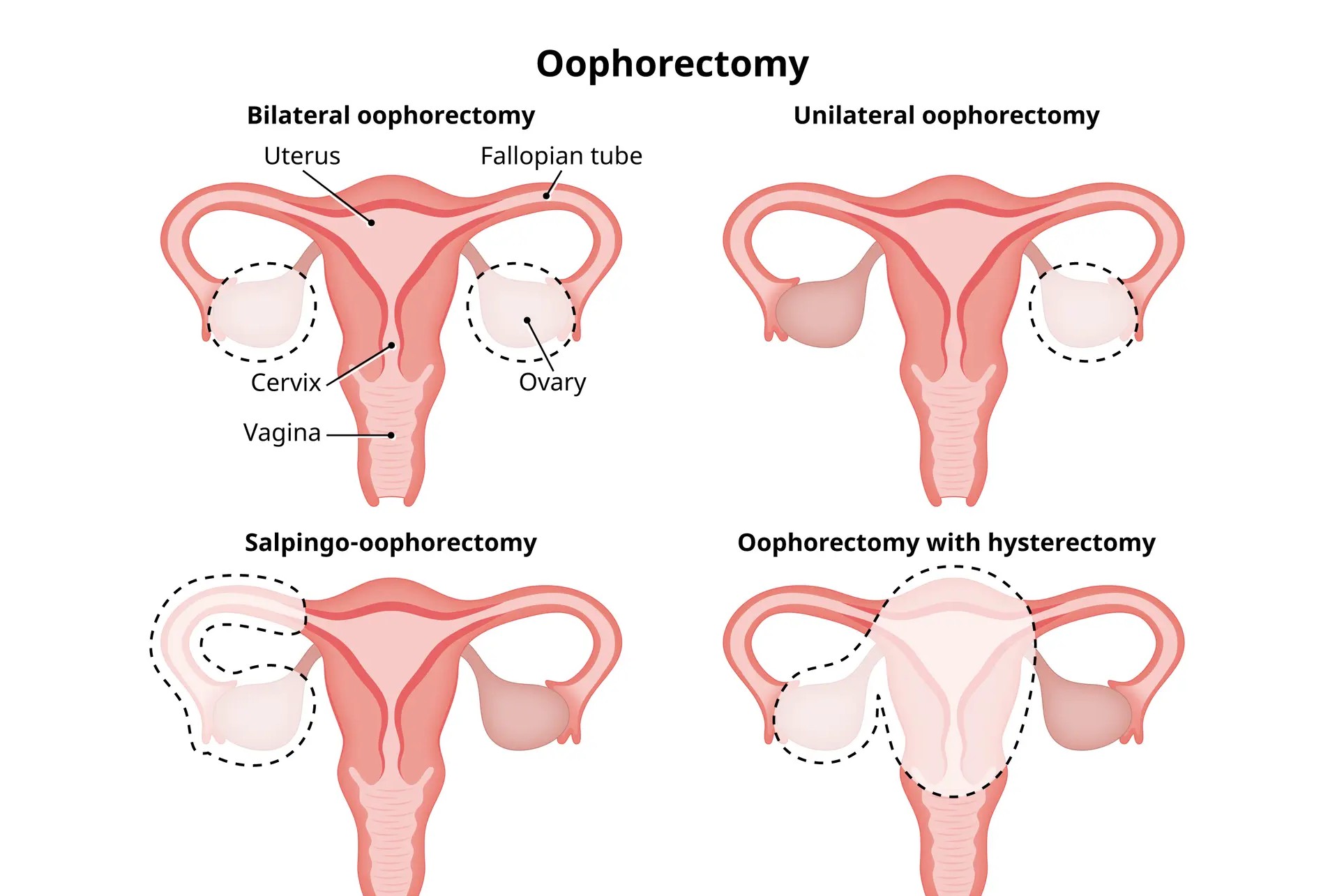
Ovariotomy, a surgical procedure involving the removal of one or both ovaries, has a rich history and significant medical importance. Why is ovariotomy performed? Ovariotomy is primarily done to treat ovarian cancer, cysts, or other ovarian disorders. This procedure can be life-saving but also comes with risks and potential complications. Understanding the reasons behind an ovariotomy and its implications can help patients make informed decisions about their health. Whether you're curious about the history of this surgery, its medical advancements, or the recovery process, these 28 facts will provide a comprehensive overview. Get ready to learn everything you need to know about ovariotomy!
What is an Ovariotomy?
An ovariotomy is a surgical procedure involving the removal of one or both ovaries. This operation can be life-saving or improve quality of life for women with certain medical conditions. Here are some fascinating facts about this procedure.
-
The term "ovariotomy" comes from the Greek words "ovarium" (ovary) and "tomia" (cutting).
-
The first successful ovariotomy was performed by Dr. Ephraim McDowell in 1809.
-
Ovariotomies are often performed to treat ovarian cancer, cysts, or endometriosis.
-
This surgery can be done through a large incision (laparotomy) or small incisions using a camera (laparoscopy).
-
Recovery time varies but typically ranges from 2 to 6 weeks.
-
Hormone replacement therapy (HRT) may be necessary if both ovaries are removed.
Historical Milestones in Ovariotomy
The history of ovariotomy is filled with groundbreaking moments and advancements. These milestones have shaped the way the procedure is performed today.
-
In 1842, Charles Clay performed the first successful ovariotomy in England.
-
By the late 19th century, ovariotomy became more common due to advancements in anesthesia and antiseptic techniques.
-
The introduction of laparoscopy in the 20th century revolutionized ovariotomy, making it less invasive.
-
In 1980, the first robot-assisted ovariotomy was performed, further reducing recovery time and complications.
-
Modern imaging techniques like MRI and CT scans have improved pre-surgical planning.
Medical Reasons for Ovariotomy
Ovariotomy is not performed without reason. There are several medical conditions that necessitate this surgery.
-
Ovarian cancer is one of the most common reasons for an ovariotomy.
-
Large ovarian cysts that cause pain or other symptoms may require removal.
-
Severe endometriosis can lead to the need for an ovariotomy.
-
Some women with a high risk of ovarian cancer due to genetic factors opt for preventive ovariotomy.
-
Torsion of the ovary, where the ovary twists and cuts off its blood supply, can necessitate emergency surgery.
Risks and Complications
Like any surgical procedure, ovariotomy comes with its own set of risks and potential complications.
-
Infection is a common risk associated with any surgery.
-
Bleeding during or after the procedure can occur.
-
Damage to surrounding organs, such as the bladder or intestines, is possible.
-
Adhesions, or scar tissue, can form and cause future complications.
-
Hormonal changes can lead to symptoms like hot flashes and mood swings if both ovaries are removed.
Recovery and Aftercare
Post-surgery care is crucial for a smooth recovery. Understanding what to expect can help patients prepare better.
-
Pain management is essential in the first few days after surgery.
-
Physical activity should be limited to light walking initially.
-
Follow-up appointments are necessary to monitor healing and address any concerns.
-
Dietary adjustments may be recommended to aid recovery.
-
Emotional support is important, as hormonal changes can affect mood and well-being.
Future of Ovariotomy
The future holds promising advancements that could make ovariotomy even safer and more effective.
-
Research is ongoing to develop less invasive techniques.
-
Advances in genetic testing may help identify women who could benefit from preventive ovariotomy.
Final Thoughts on Ovariotomy
Ovariotomy, a surgical procedure to remove one or both ovaries, has a rich history and significant impact on women's health. It's used to treat conditions like ovarian cysts, cancer, and endometriosis. The procedure has evolved over time, becoming safer and more effective. Understanding the risks and benefits is crucial for anyone considering it. Advances in medical technology have made recovery quicker and less painful. Always consult with a healthcare professional to make informed decisions. This surgery can be life-changing, offering relief from pain and other symptoms. It's a testament to how far medical science has come in improving quality of life. Whether you're a patient or just curious, knowing these facts can help you appreciate the importance of ovariotomy in modern medicine. Stay informed, stay healthy.
Was this page helpful?
Our commitment to delivering trustworthy and engaging content is at the heart of what we do. Each fact on our site is contributed by real users like you, bringing a wealth of diverse insights and information. To ensure the highest standards of accuracy and reliability, our dedicated editors meticulously review each submission. This process guarantees that the facts we share are not only fascinating but also credible. Trust in our commitment to quality and authenticity as you explore and learn with us.
